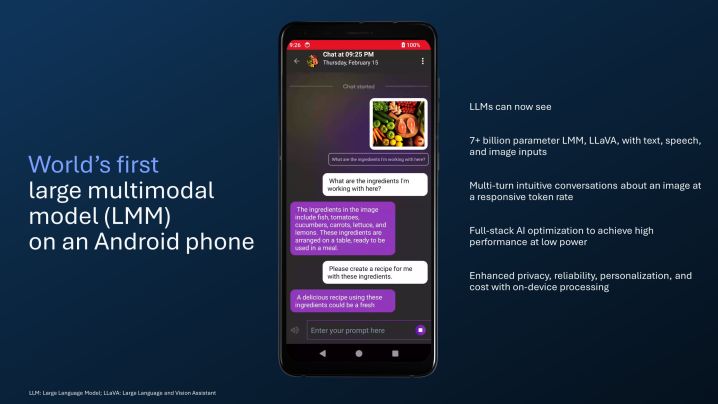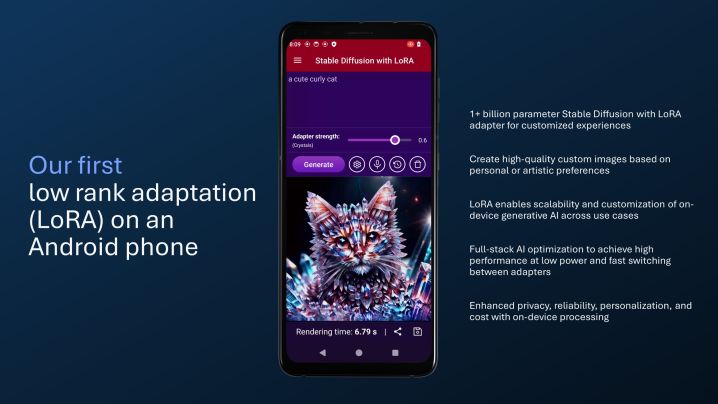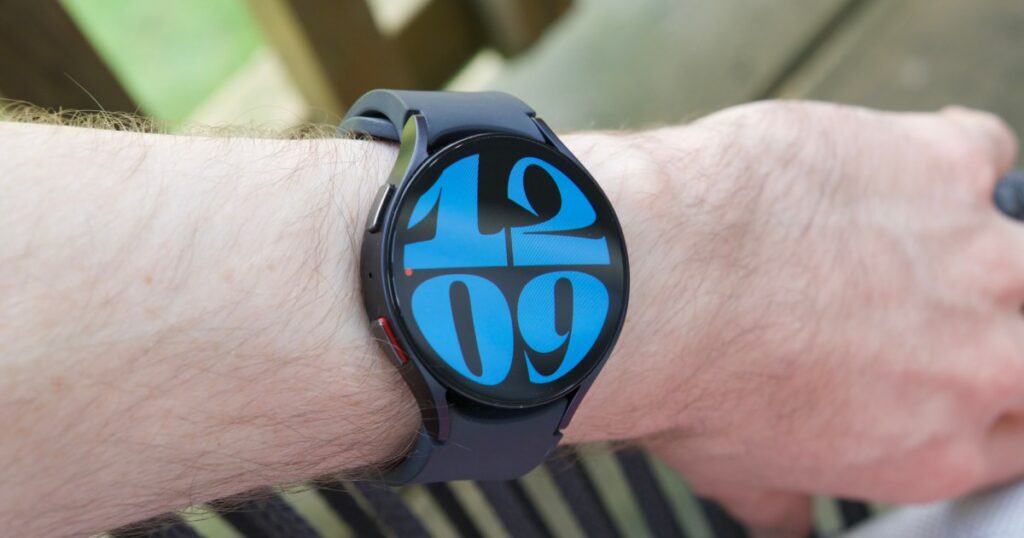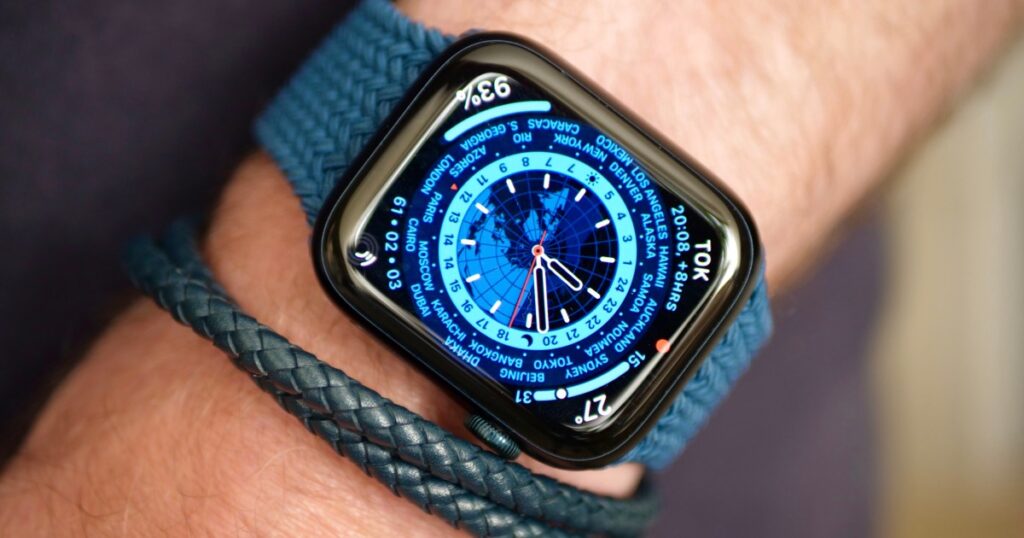At Mobile Earth Congress 2024, Qualcomm is incorporating more to its portfolio of AI-on-phone tricks facilitated by the Snapdragon collection silicon for Android telephones. The chipmaker has currently showcased some outstanding AI abilities for the Snapdragon 8 Gen 3 flagship, these as voice-activated media modifying, on-machine image technology applying Stable Diffusion, and a smarter virtual assistant constructed atop big language styles from the likes of Meta.
Currently, the business is incorporating far more grunt to all those AI superpowers. The first is the skill to operate a Significant Language and Eyesight Assistant (LLaVa) on a smartphone. Imagine of it as a chatbot like ChatGPT that has been granted Google Lens skills. As this sort of, Qualcomm’s resolution can not only settle for text enter, but also course of action photos.
For case in point, you can press an image depicting a charcuterie board and question thoughts centered on it. The AI assistant, based on a big multimodal model (LMM) that can course of action more than 7 billion parameters, will then notify you all the forms of fruits, cheeses, meats, and nuts on the board depicted in the enter impression observed down below.

It can also deal with observe-on queries, so you can perform a flowing back again-and-forth discussion. Now, the likes of ChatGPT have also acquired various-modal capabilities, which signifies OpenAI’s instrument can also procedure graphic inputs. Even so, there is a crucial change.
Items like ChatGPT and Copilot are nevertheless extremely much tethered to a cloud-dependent architecture, meaning your data is taken care of on remote servers. Qualcomm’s push is in the path of on-device processing. Anything happens on your telephone, which means the total process is faster, and there is tiny chance of privateness intrusion.
“This LMM operates at a responsive token rate on device, which final results in enhanced privateness, reliability, personalization, and prices,” states Qualcomm. No matter if Qualcomm’s promised LLaVa-based mostly virtual assistant will arrive as a standalone application or if it will have a payment is however to be formally confirmed.
The following announcement from Qualcomm dives into the creative domain of graphic generation and manipulation. Not too long ago, Qualcomm demoed the world’s speediest text-to-impression technology on a telephone making use of Secure Diffusion tech. Now, the company is giving a first glimpse of LoRA-pushed image generation.

LoRA usually takes a various approach to impression generation than a standard generative AI tool these types of as Dall.E. LoRA, small for Reduced-Rank Adaptation, is a technique created by Microsoft. Instruction an AI design can be rather price-prohibitive, high on latency, and specifically demanding from a hardware standpoint.
What LoRA does is it drastically lessens the product body weight, a aim that is obtained by only concentrating on unique segments of the model and lowering the variety of parameters for schooling needs. In performing so, the memory needs go down, the course of action will become faster, and the quantity of time and effort and hard work it usually takes to adapt a textual content-to-impression model also drops substantially.
In excess of time, the LoRA distillation method has been used to the Steady Diffusion design for generating pictures from textual content prompts. Owing to the gains in effectiveness and the much easier adaptability of LoRA-primarily based products, it is viewed as a tailor-created route for smartphones. Qualcomm undoubtedly thinks so, and even rival MediaTek has embraced the exact same answer for generative AI methods on its flagship Dimensity 9300 chip.
Qualcomm is also showcasing a handful of other AI methods at MWC 2024, some of which have already appeared on the Samsung Galaxy S24 Extremely. Amid them is the ability to expand the canvas of an image utilizing generative AI fill and AI-driven video era. The latter is rather formidable, particularly soon after seeing what OpenAI has completed with Sora. It would be fascinating to see how Qualcomm manages to port it about to smartphones.
Editors’ Recommendations



